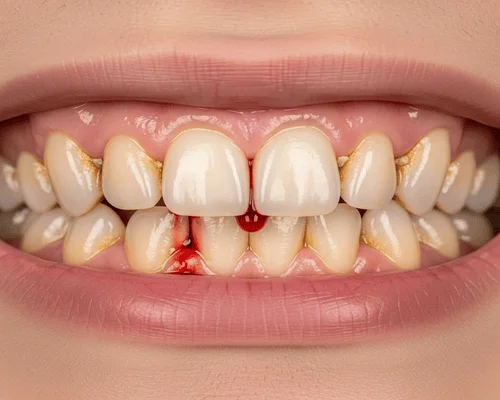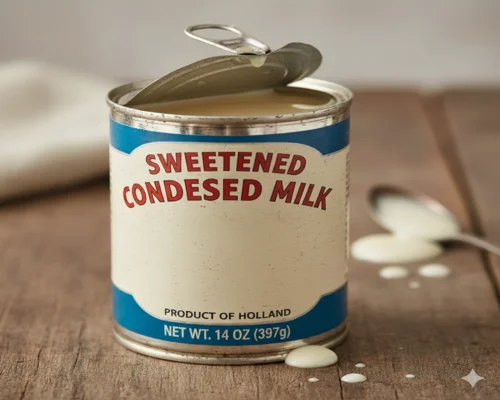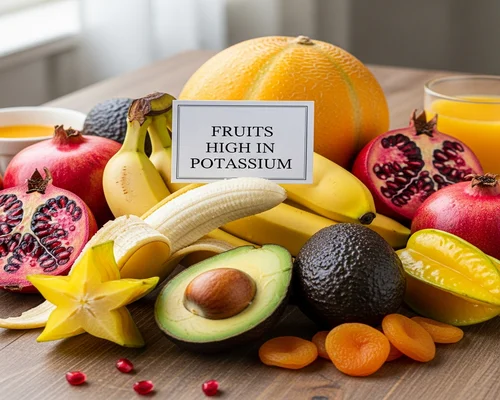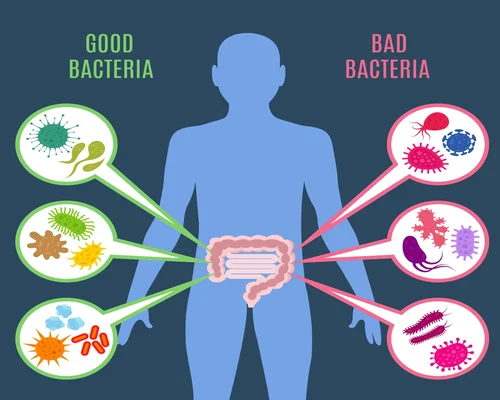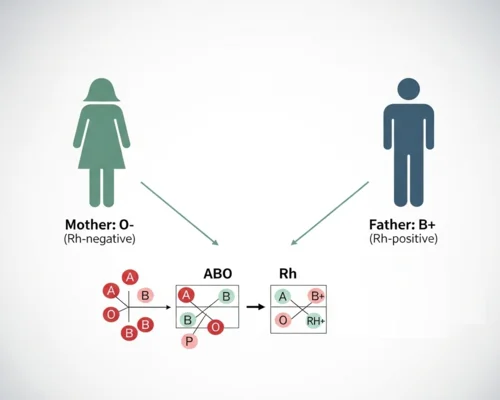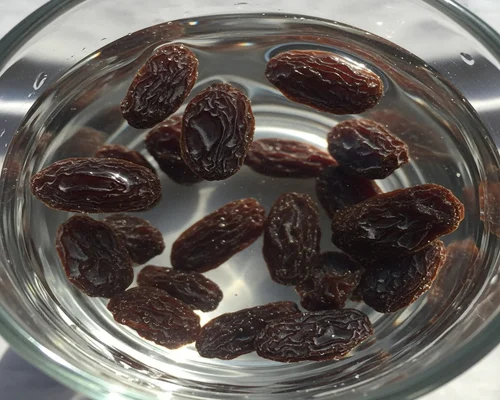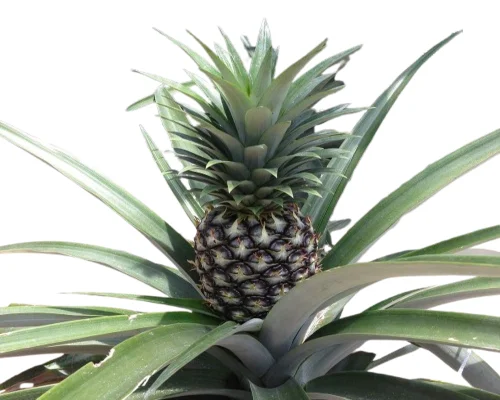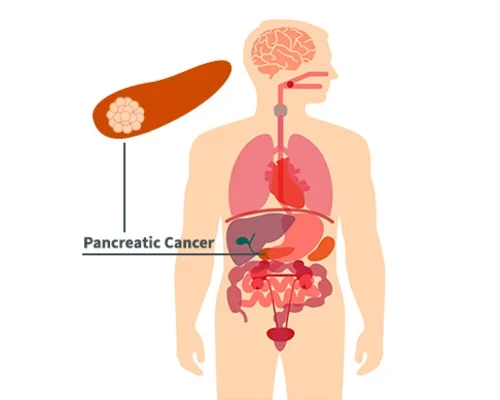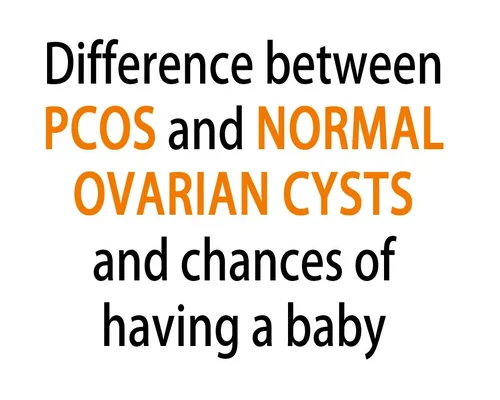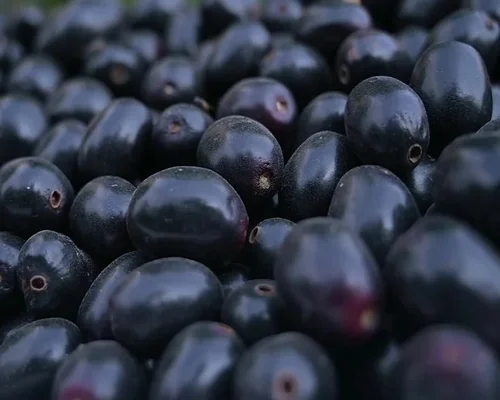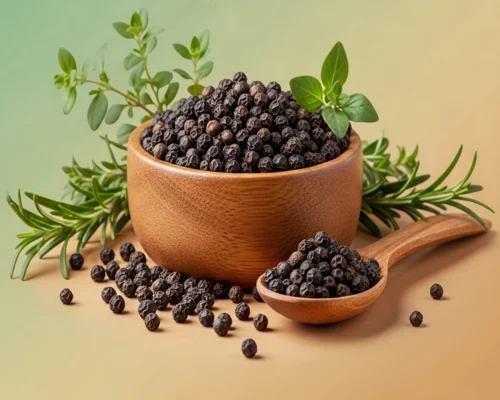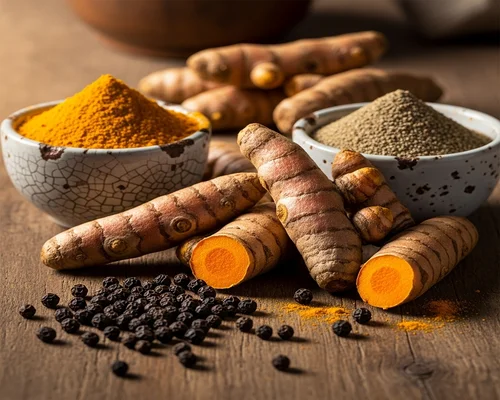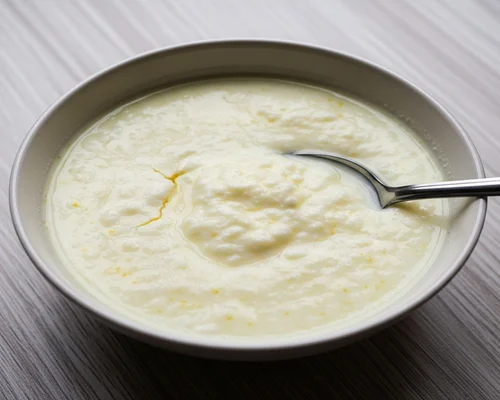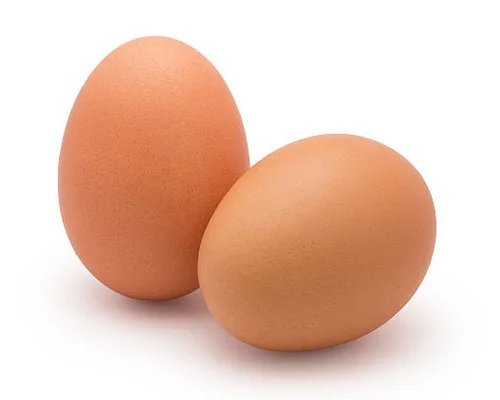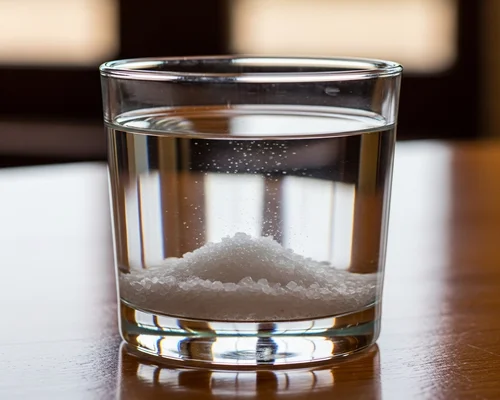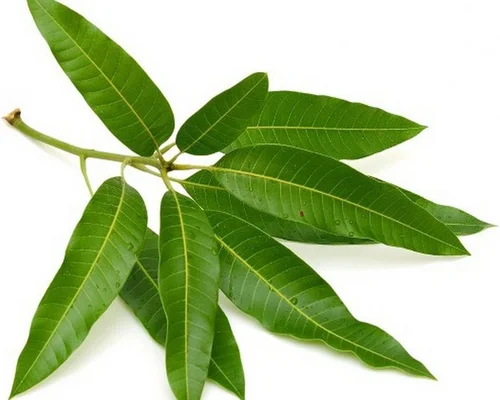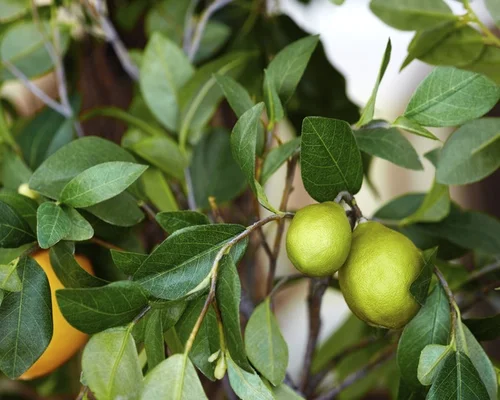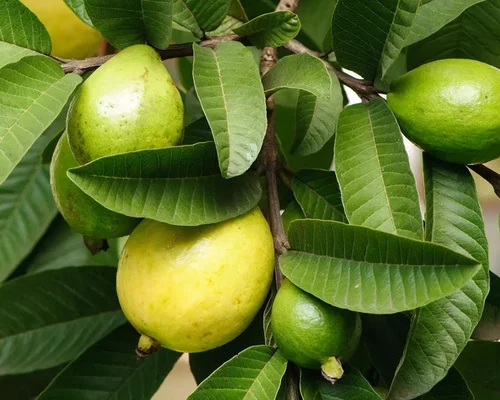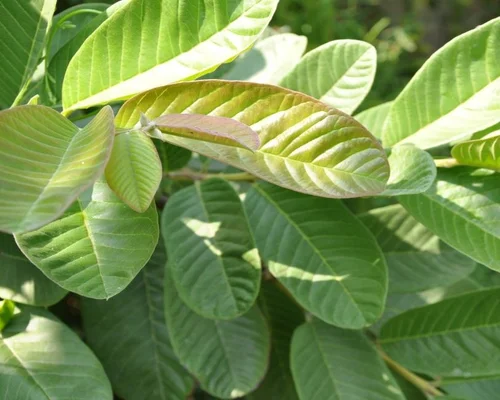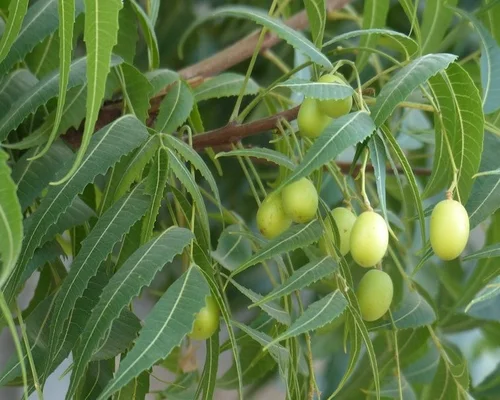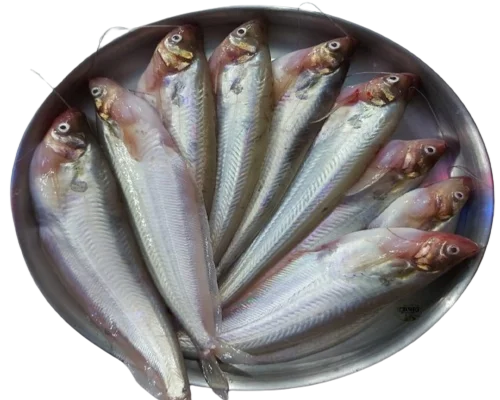
Pabda Fish Benefits
Pabda fish Benefits
Madhu pabda (scientific name: Ompok pabda) (English: pabda catfish) is a freshwater fish of the genus Ompok in the family Siluridae.
Nutritional value of Pabda fish
19.2 grams of meat, 2.10 grams of fat, 4.6 grams of sugar, 1.3 grams of iron, 0.31 grams of calcium and 0.21 grams of phosphorus are available per 100 grams of Pabda fish.
Introduction and characteristics of Pabda fish
There are 3 species of pabda fish available: Boali pabda (Ompok bimaculatus), Madhu pabda (Ompok pabda) and Khudi pabda (Ompok Pabo). At present, Madhu Pabda fish farming is common in closed reservoirs. The scientific name of Madhu pabda or Pabda is Ompok pabda (Hamilton) English name is Butter Catfish
General characteristics
Pabda body is glabrous, shiny, bright silver in color, grayish silver on the upper body and silver on the belly and two pairs of whiskers, it belongs to catfish class; The length of this fish at maturity is 15-25 cm. Female fish Larger in size than male fish of the same age; Pabda fish mature at 1 year, but two-year-old brood fish are more suitable for artificial breeding;
Breeding season is quite long (February - September) but April - August is the best breeding season of this fish;
Can be farmed together with carp; Cultivation in small or large reservoirs with easy management; Puppies can be easily produced by artificial insemination; Its price is relatively high compared to other fish due to high demand and low supply in the market;
Food and eating habits
Chironmid larvae, tubifex worms, crustaceans, earthworms,
Eats aquatic insects, spiders, algae and soft parts of leaves. This fish is omnivorous, bottom feeder and feeds on food made from mustard seeds, rice husk, fishmeal as supplementary food. These fish grow fast by eating floating food made in industrial factories. Pabda fish is nocturnal so it feels comfortable taking food at night. Physicochemical properties of Pabda fish ponds
pH: If the pH of the water is between 7.00-8.00 Pabda can be fished. However, a pH of 7.50-8.00 is best for Pabda cultivation;
Water Clarity: The presence of natural food is 25-30 cm. Sekki is better if it is in;
Kharta: 80-200 mg/litre Kharta is suitable for Pabda production.
Temperature: 25-31 degrees Celsius is best;
Oxygen levels should be above 5 ppm;
The fish is rich in omega-3 fatty acids, protein, vitamin E12, iron and zinc. Pabda fish contains phosphorus and iron. This fish helps in body composition by reducing the risk of heart disease. Apart from this, the large amount of calcium present in this fish plays an effective role in the formation of our teeth and bones.
Pabda refers to various species of fish in the genus Ompok of the Asian subcontinent. This fish is very popular in our country as it is delicious. Due to its incomparable flavor and short spines, this fish is highly appreciated and has immense demand in the market. This fish is found in fresh water such as rivers, ponds and lakes of South and Southeast Asia, especially in India, Bangladesh and Myanmar.
Three species of Pabda fish are found in Bangladesh. Namely - Boali Pabda, Madhu Pabda and Khudi Pabda.
Pabda body is glabrous, shiny, bright silver in color. It belongs to catfish class.
They have two pairs of whiskers. The length of this fish at maturity is 15 to 25 cm. Female fish tend to be larger in size than male fish of the same age. Pabda fish reach maturity in one year, but two-year-old brood fish are more suitable for artificial breeding.
The breeding season is quite long (February to September), but April to August is the best breeding season for this fish. Can be farmed together with carp.
Pabda feeds on chironmid larvae, tubifex worms, crustaceans, earthworms, aquatic insects, algae and soft parts of leaves. This fish is omnivorous, bottom feeder and eats food made from mustard seeds, rice husk, fishmeal as supplementary food. These fish grow rapidly by feeding on industrially produced floating food.
Benefits of Pabda Fish:
This fish is very beneficial for health. The fish is easy to digest. It is low in lubricants. This soft-shelled fish provides plenty of calcium. This fish contains a lot of phosphorus and iodine. remains
A lot of fat. For this, the caloric value of this fish is very high.
Pabda fish is rich in omega-3 fatty acids, protein, vitamin B12, iron and zinc. These types of fish are low in fat.
Providing plenty of calcium, Pabda fish also contains ample amounts of phosphorus and iodine! It contains a lot of calcium! It plays an effective role in the formation of teeth and bones in our body and removes physical weakness.
A large amount of meat required by the human body is obtained from Pabda fish. Pabda fish contains calcium, phosphorus and iron.
Our body needs a lot of meat, most of which we can get from Pabda fish. Pabda fish removes our physical weakness. This fish is essential for building and repairing muscle tissue. The fish is rich in omega-3 fatty acids, protein, vitamin E12, iron and zinc. Pabda fish contains phosphorus and iron. This fish helps in body composition by reducing the risk of heart disease. Apart from this, the large amount of calcium present in this fish plays an effective role in the formation of our teeth and bones.
Pabda fish contains 75 grams, minerals 1.4 grams, calcium 110 mg, protein or meat 18.1 grams, fat 2.4 grams, carbohydrates 3.1 grams, vitamin C 15 mg, iron or iron 1.0 mg and Energy 106 kcal.
Pabda is very easily digested. The amount of fat in it is within certain limits. It is rich in calcium along with phosphorus and iodine.
For those suffering from anemia, this fish can be very beneficial. The iron in it can be very useful for them.
The calcium in it is useful in strengthening the structure of bones and teeth. Eating this fish regularly can benefit children. For those suffering from problems like osteoporosis, this fish can also be useful.
Not all fish affect everyone body in the same way. Any fish may be too good for some, and a problem for others. So know these things well from the doctor.

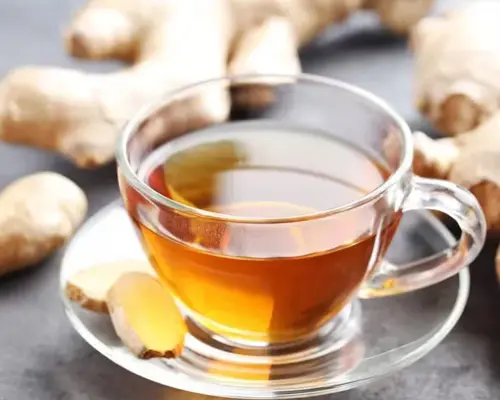
-vegetable.webp)
